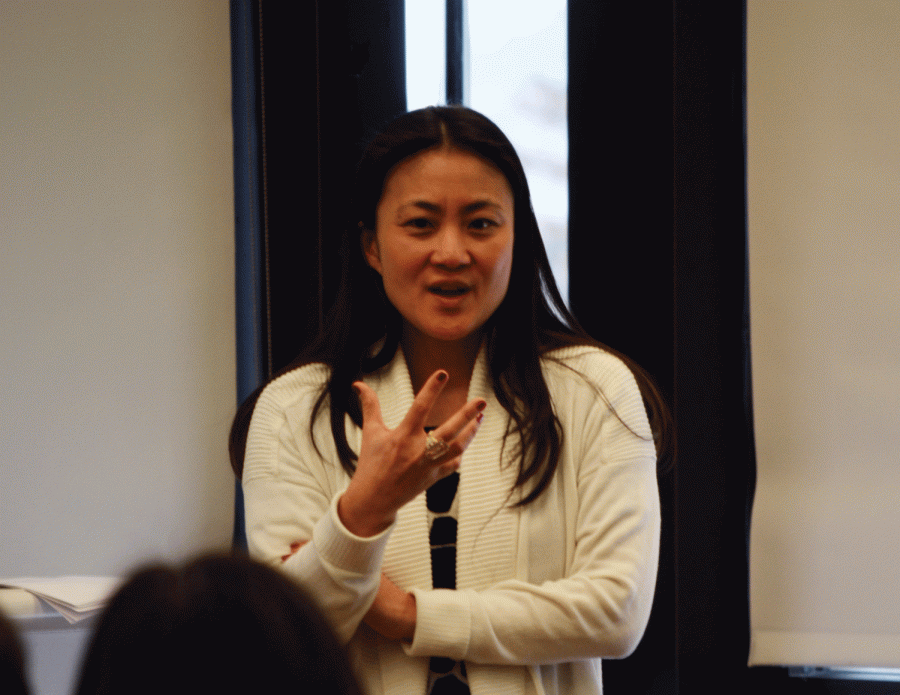Colgate Conversations Brown Bag: Understanding Restorative Justice
On Monday, February 15, “Colgate Conversations” hosted the fourth installment of its brown bag series, titled “Restorative Justice: A Dialogue on the Interconnectedness of Wrongdoing.” Director of Equal Employment Opportunities and Affirmative Action Tamela Flack facilitated an Intergroup Dialogue about the principles and processes of restorative justice and how it compares to the practices of the criminal justice system. Both students and faculty crowded the multipurpose room in the Africana, Latin American, Asian American and Native American (ALANA) Cultural Center to participate in the conversation.
Flack described restorative justice as a disciplinary process that emphasizes not only the punishment a crime offender is given but also the process used to reach this outcome. Flack argued this is different from the current criminal justice system, which tends to focus only on the outcome and oftentimes does not consider other factors that may have led to the crime or allow members of the community to get involved in the process.
As Flack described, there are several forms of restorative justice, but the process usually involves a victim and an offender – the victim/offender mediation is the most common form of restorative justice. Mediated by a trained professional, the intervention can bring together the victims and the offenders and allow them each to informally present their side of the story. The offenders can explain in these situations, if they choose, why they committed the crime and possibly come to a plea agreement before being sentenced or even charged. In this process, the offenders can face reduced sentences if the punishment does not match the severity of the crime.
Because the restorative justice intervention has the capability to take into account the circumstances, as well as involve other people such as community or family members in the process, Flack argues it can more accurately convey to the offenders the harm their crime has had on a community. As Flack described it, one of the core concepts of restorative justice is the interconnectedness of the wrongdoing. This is the belief that harm to one person harms the community. With this approach, Flack argues that there is a higher chance that a person will not commit the same crime again after understanding its consequences.
“I hope those folks who hadn’t maybe heard of restorative justice or been exposed to a process have a little better understanding,” Flack said.
Senior Ranissa Adityavarman found the brown bag beneficial.
“The conversation today was helpful in understanding the concept of restorative justice a little better, especially in the context of Colgate and its judicial processes. Subverting ideas of justice is always important and refreshing,” she said.
Junior Glenna Thomas echoed this sentiment.
“I think restorative justice can morph into one of those buzzwords or it can become a word that if someone doesn’t know it, they can feel a little bit alienated by not knowing, but it’s grounded in a lot of positive aspects of community and capacity building, which I think a lot of people can resonate with,” Thomas said.
This lecture was a feature in the ongoing Colgate Conversations brown bag series concerning matters of identity and addressing controversial, yet crucial, issues that students and faculty alike. Next week’s Colgate Conversations brown bag is “Moving from Dialogue to Action” and will include a lecture by Assistant Dean/Director of LGBTQ Initiatives khristian kemp-delisser, the Assistant Dean/Director of LGBTQ Initiatives.







